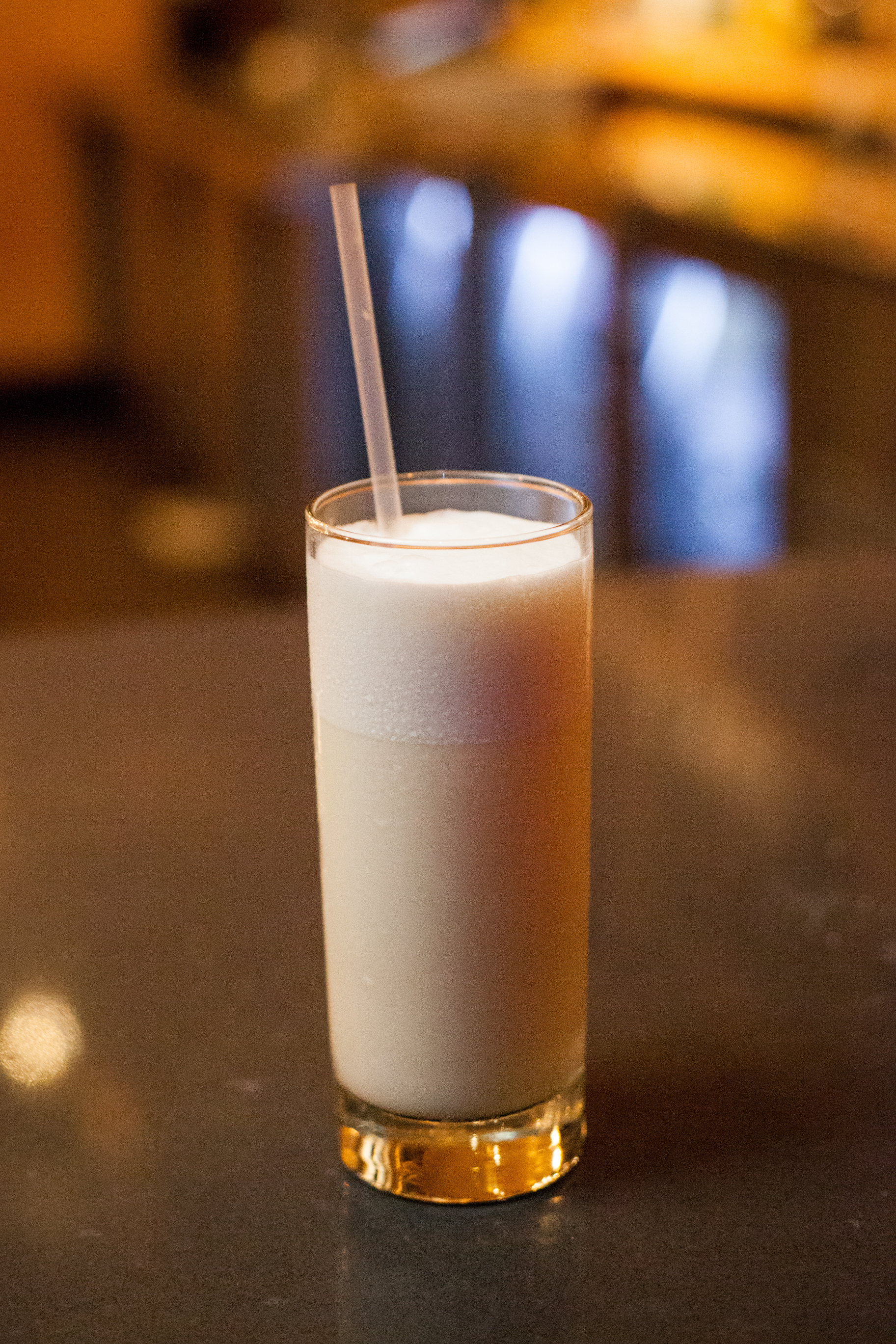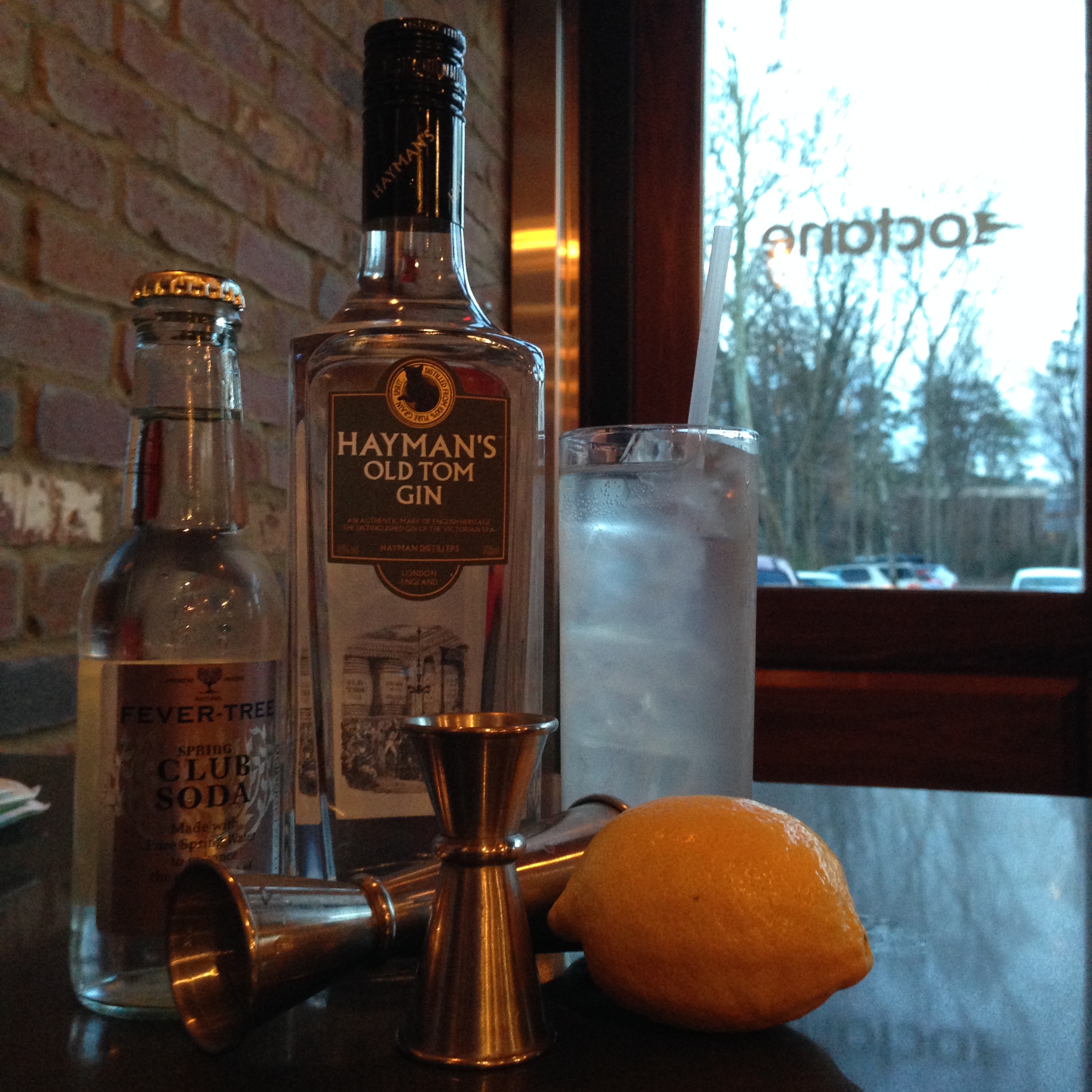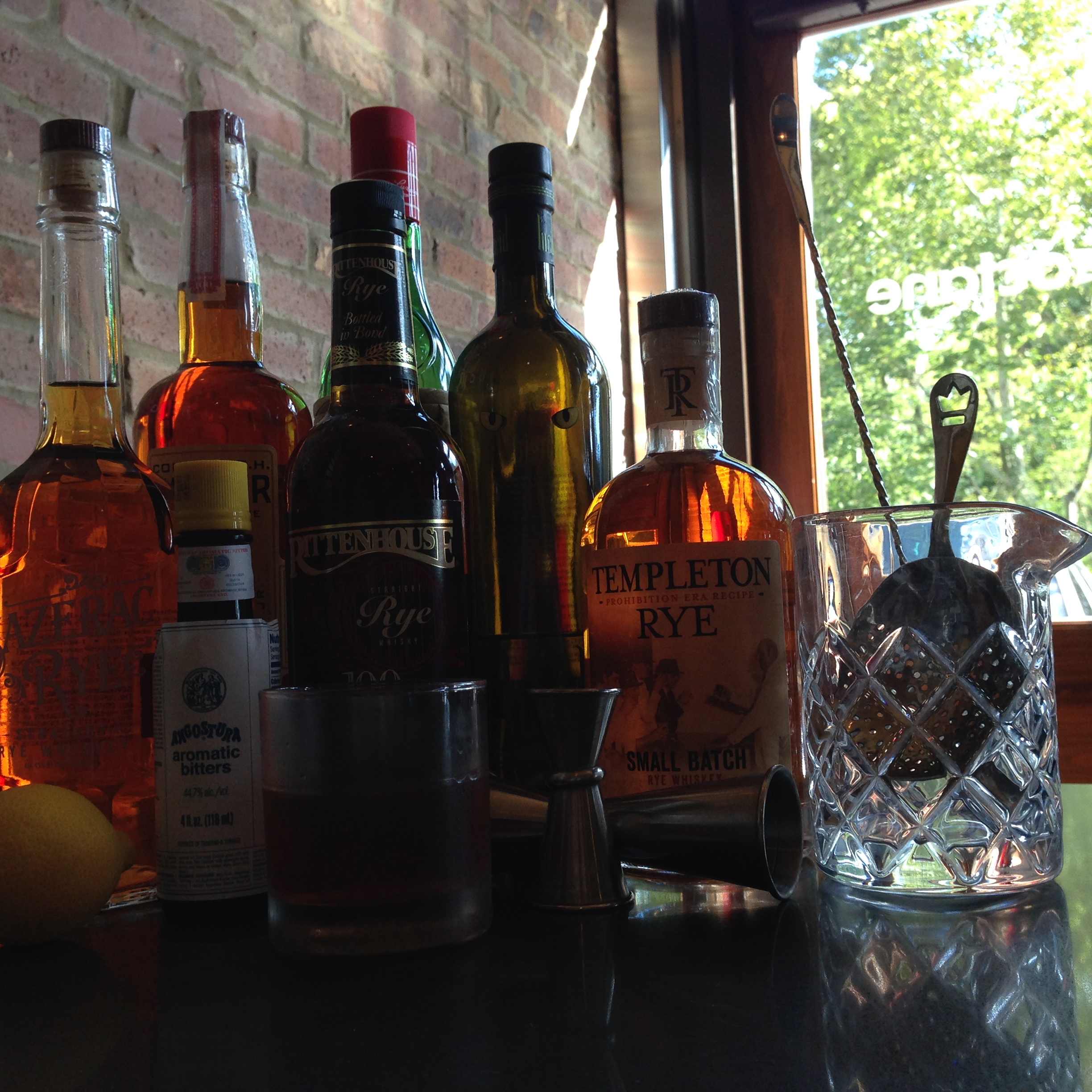 To truly enjoy the Aviation and appreciate its name, you have to think back to when air travel was a luxury. Picture a elegant seating area inhabited by suave gentlemen and well-coifed ladies. Imagine full-service dinners on tables with real table cloths served by happy stewardesses (term used for historical effect).
To truly enjoy the Aviation and appreciate its name, you have to think back to when air travel was a luxury. Picture a elegant seating area inhabited by suave gentlemen and well-coifed ladies. Imagine full-service dinners on tables with real table cloths served by happy stewardesses (term used for historical effect).
In that context, the Aviation's name and makeup makes more sense. It's a bit of a mystery -- I couldn't find much background on this Prohibition-era cocktail other than it was inspired by the air travel available around that time. It's a crisp cocktail with a tart bite and a dry finish. Per the recipes I found online, it's also incredibly versatile.
Per Wondrich's article on Esquire, it's made with maraschino liqueur, but no crème de violette. This recipe first appeared in Harry Craddock's 1930 edition of the Savoy Cocktail Book, and makes the drink reminiscent of the icy cloudscape that passengers experience when they fly.
According to most other sources, the crème de violette is essential: it provides the drink's recognizable hazy purple-blue color. Either way, it's a gorgeous drink that can call up memories of a simpler -- and more glamorous -- time. To find your way back, experiment with the proportions until you find what takes you back.
Recipe: 1 tsp Crème de Violette (optional) 1/2 oz maraschino liqueur 3/4 oz freshly squeezed and strained lemon juice 2 oz gin
Combine all ingredients in a cocktail shaker. Add ice, and shake vigorously until chilled, about 12-18 seconds. Strain into a chilled coupe glass and garnish with a maraschino cherry (optional).


















